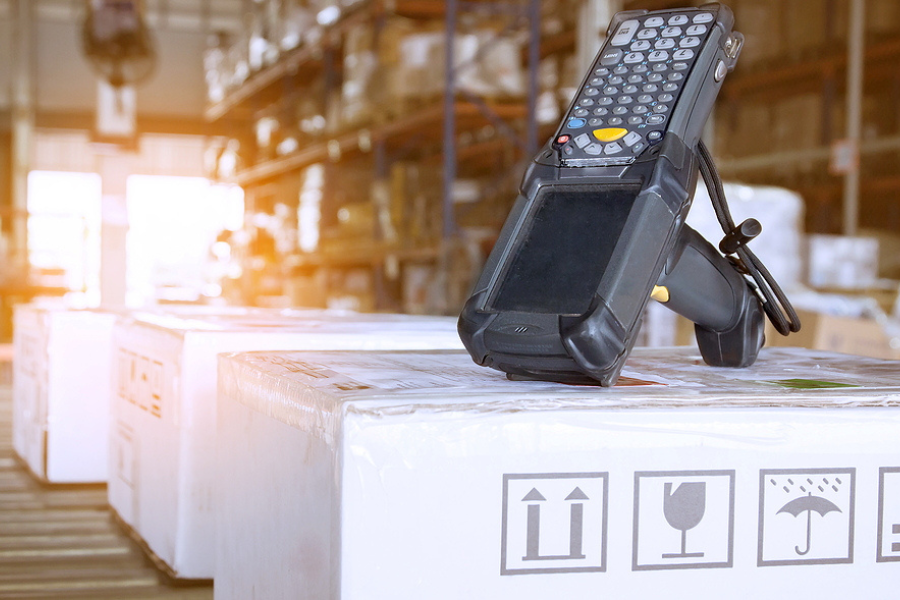Barcodes are used for nearly everything that happens in a warehouse: receiving, transfers, physical counts, manufacturing, picking, and shipping. Without barcodes and their data, large warehouses couldn’t function. How does barcode data get logged in any software system? Through a warehouse barcode device. Since these handheld scanning devices are so prevalent, there are many options to choose from. Before you make your decision on which devices to purchase, there are at least five things you should consider.
- Technological Requirements
In the first place, you’ll need to consider the most basic requirement: what do your barcode devices need to scan? Most barcodes are linear barcodes, also called “picket fence” or 1D barcodes. However, there are several other common barcode symbologies. In addition, square (2D) barcodes such as QR codes are becoming more common. Some scanning devices can only process 1D barcodes. If you want more flexibility in your devices’ scanning capabilities, you may opt for 2D scanners. These aren’t the only types of barcodes, so be sure you fully understand the scanning requirements in your warehouse.
- Environmental Requirements
What does your warehouse look like? How does it function? What is the temperature inside? Take a walk around it, and you’ll get a good idea of which environmental details you’ll need to consider when selecting a warehouse barcode device. You’ll need to pay extra for devices that can withstand extreme cold, dust, liquid, or drops from high up.
You should also consider scanning distance, although this may not be as big a factor as you’d expect. Typical users are no more than 8 feet away from a barcode when they scan it. Long range scanning devices may be able to scan from up to 30 feet away, but need bright lighting, big barcodes, and a relatively level scanning angle to be functional. The extra cost may not be worth it.
- Data Entry Capabilities
Warehouse barcode devices come with various screen sizes and data entry possibilities. Nearly all are completely touchscreen, although some may have full keyboards or numeric keyboards. Consider how much information your employees will need to view on or enter into the device before or after scanning a barcode.
- Connection Options
Most barcode scanners come with Wi-Fi and Bluetooth capabilities. Most warehouses run these devices on Wi-Fi, but you can also find devices that will use a cellular data plan. Companies with remote workers or outdoor inventory may need to use cellular data to connect with their devices.
- Price & Accessories
With all the range of features and functionalities available in warehouse barcode devices, their price can range from around $600 to more than $3,000. You’ll need to plan out exactly how many devices you need and how big your budget is for this purchase. Before you decide on a device, make sure to budget for charging cradles, batteries, cables, battery chargers, warranties, or other accessories you may need.
Ready to Simplify Your Warehouse Management?
Once you choose a warehouse barcode device, you’ll be a step closer to simplifying your warehouse management. But without good software for your new devices to connect to, you won’t see much of a difference in your productivity or profits.
ScanForce and Sage 100 make warehouse management and barcode scanning easy. By using this innovative software, you’ll eliminate errors, gain unprecedented visibility into your business, and improve efficiency and productivity. At ASI, we can help you implement these exceptional software solutions and choose the right warehouse barcode devices for your business. Contact us today or schedule a free consultation to get started.

